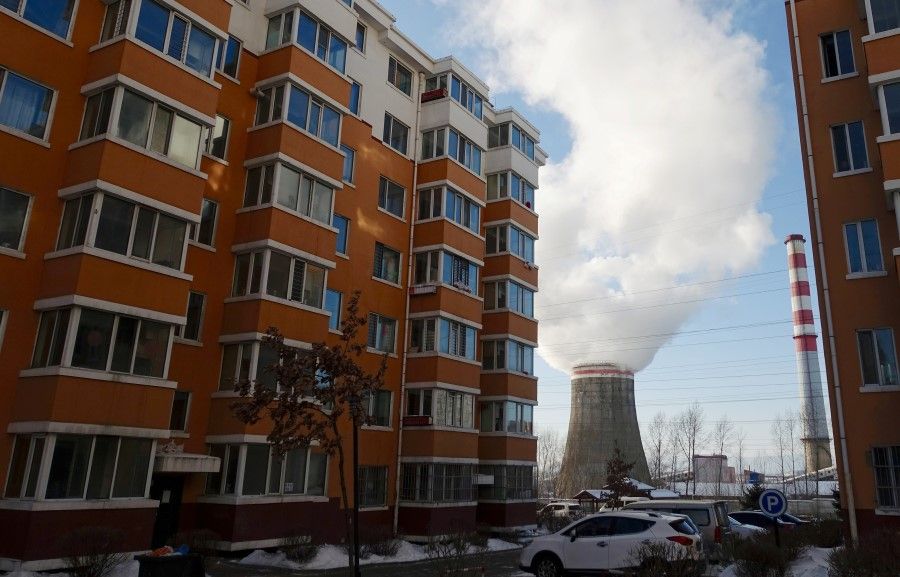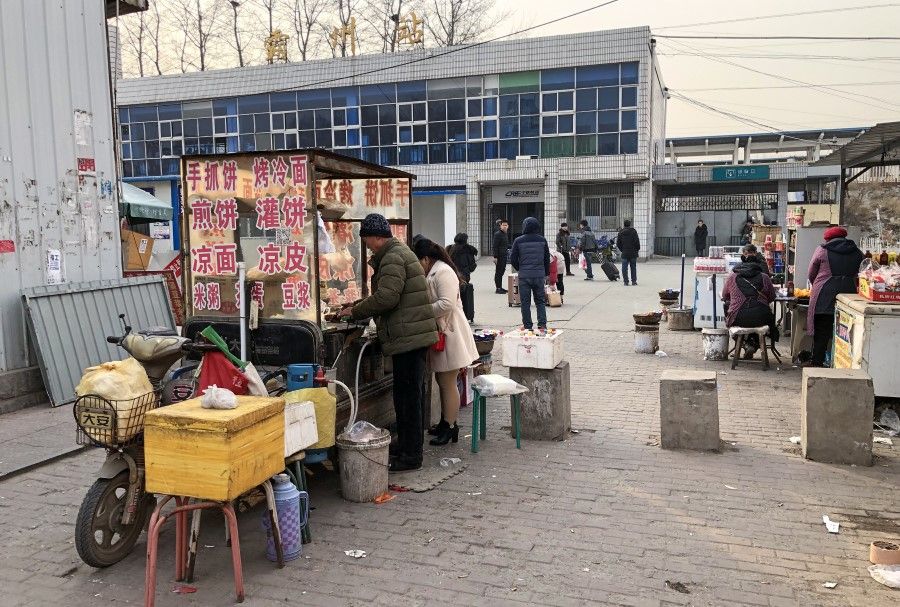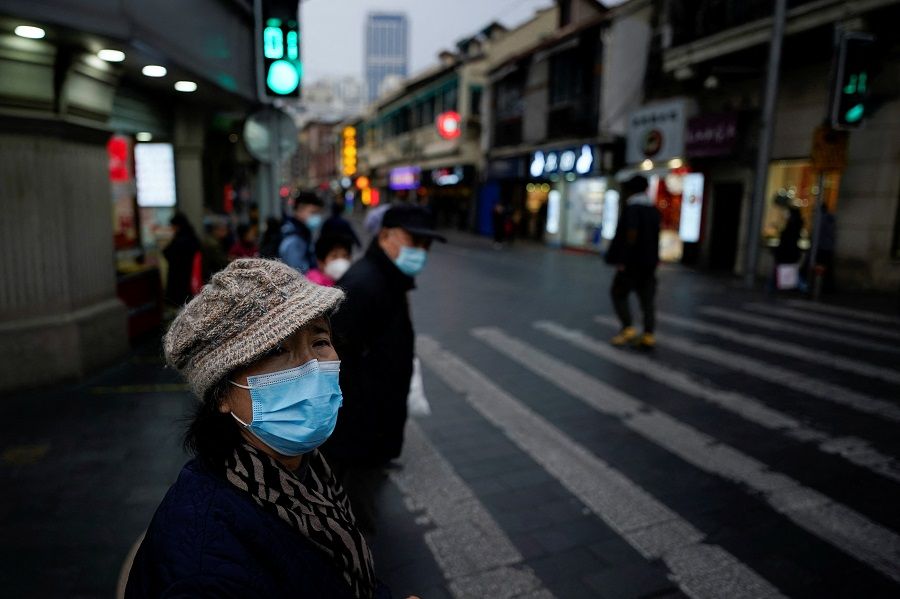China's local governments going bankrupt?

Remember that city where property prices were like vegetable prices in a wet market?
Two or three years ago, there was news that properties in Hegang city in northeast Heilongjiang were going for just 350 RMB per square metre (about S$75). As coal resources dwindled, the local economy started going downhill from 2010 and there was a major population outflow. If not for properties being priced like Chinese cabbage, Hegang would have been long forgotten.
This unassuming little prefecture-level city has been back in the spotlight recently. In late December 2021, the local government department in charge of human resources and social security released a statement on the cancellation of plans to hire grassroots government staff - a fiscal restructuring plan by the Hegang municipal government has brought "significant changes to the city's financial condition".
Local governments going broke?
This news sparked discussion about Hegang going bankrupt. In fact, the fiscal restructuring refers to the local government aligning the city's debt levels with its repaying capacities through means such as broadening its sources of income, reducing expenditures, and managing assets to achieve balanced fiscal revenues and spending. While this is not equivalent to going bankrupt, it is clear that Hegang is in bad shape financially.

Hegang is not the first place to see news of financial issues with its local government recently. Bazhou, a county-level city in Hebei province, is also in financial trouble and was publicly criticised by the State Council in December 2021 for arbitrarily levying fees and penalties on businesses.
To fill the financial gap, in October 2021 the Bazhou government went on a mission to collect 300 million RMB in non-tax revenue from the villages and towns under its charge.
Under pressure to deliver, local officials embarked on a campaign of imposing arbitrary fees, fines and meting out payment requests at random. In just 67 days, this county-level city of less than 800,000 people imposed penalties on businesses totalling 67 million RMB.

Hegang cannot afford to hire grassroots workers while Bazhou does not care about its image as long as it gets its revenue. Behind it is the same problem - local governments have nothing in their coffers.
And it seems that it is not just these small places with slow economic growth that are facing money problems. In late 2021, there was also news about salary reductions for civil servants and teachers in economically developed coastal provinces like Jiangsu, Zhejiang, and Guangdong. A civil servant from Hangzhou posted on social media that his life was seriously impacted because his salary was cut by 25%.
But due to differing financial strength and administrative capabilities across various local governments, some had to borrow to meet their investment needs.
Loss of land sales cash cow
The local government debt issue did not happen overnight. A 2021 report by Goldman Sachs said the total debt of local government financing vehicles (LGFVs) rose to about 53 trillion RMB at the end of 2020 from 16 trillion RMB in 2013. (NB: LGFVs are a tool for governments to borrow money without it appearing on their balance sheets, but it is taken to be government liability in financial markets.)
At the 14th Golden Kirin Forum in December 2021, Chinese economist David Li Daokui also warned that a conservative estimate of the heavy debt of local governments - both revealed and hidden - would add up to at least 50% of China's GDP.
He pointed out that local governments with massive debts are worn out from trying to issue new debt to pay old debt and paying off the interest to avoid setting off an alarm in the financial market.

There are historical reasons behind the long-term accumulation of local government debt. In the past when GDP was used as the main benchmark to evaluate officials, local governments had a strong incentive to boost the economy through making investments. But due to differing financial strength and administrative capabilities across various local governments, some had to borrow to meet their investment needs.
Amid the need to avert and resolve financial risks, China's higher-ups have been keeping tabs on the debt risks of local governments in recent years. Officials have also rolled out strict policies to control the blind expansion of local debt. But it is not easy to solve the debt problem and get local governments out of financial distress.
For a long time, land sales have been an important source of income for local governments, accounting for one-third of their revenue. But China's property crackdown resulted in a real estate slump over the past year. While Hegang is an extreme case, the housing markets in most other cities have indeed cooled. Without a lucrative real estate market, countless local governments have painfully lost an important source of revenue.
Some officials blindly incur debt for the sake of their political goals, plunging local government finances into crisis, while other officials pocket the benefits of LGFVs using their power and influence.
Local government spending and corruption up
At the same time, the pandemic has also increased local government spending, adding to their financial pressures. Coupled with the economic slowdown since the pandemic, no matter how hard local governments tighten their belts, they are still struggling to make ends meet.
Corruption is also another problem that lies behind local debt. Some officials blindly incur debt for the sake of their political goals, plunging local government finances into crisis, while other officials pocket the benefits of LGFVs using their power and influence.

A classic case involves former Dushan county party secretary Pan Zhili. To achieve his political aims, this local official launched a number of white elephant projects including a 99.9-metre high wooden building built with the hope of achieving a Guinness World Record; his actions landed the county in a heap of debt as a result. When Pan was dismissed, Dushan had an outstanding debt of over 40 billion RMB. With an annual revenue of just 1 billion RMB, even the interest could not be paid off.
On 1 December 2021, the Commission for Discipline Inspection and Supervision of Jiangsu released a statement naming Qi Biao, former deputy director of the provincial Development and Reform Commission; Chen Xiaodong, former Nantong vice mayor; and Qi Yuwei, former Pukou district party secretary as the three perpetrators in classic cases of local debt and corruption. Last year, Guizhou, Shanxi and other regions also asserted that they would uncover the corruption hidden behind local government debt risks.
With a mountain of old and new problems, local debt is snowballing. Following the economic slowdown, various local governments will continue to be cash-strapped, and Hegang will perhaps not be the last local government to undergo fiscal restructuring. Moreover, with the 20th Party Congress fast approaching, the higher-ups will not only need to manage the systemic risks in the evolution of debt but also look out for related problems such as the impact on people's livelihoods and on social stability.
